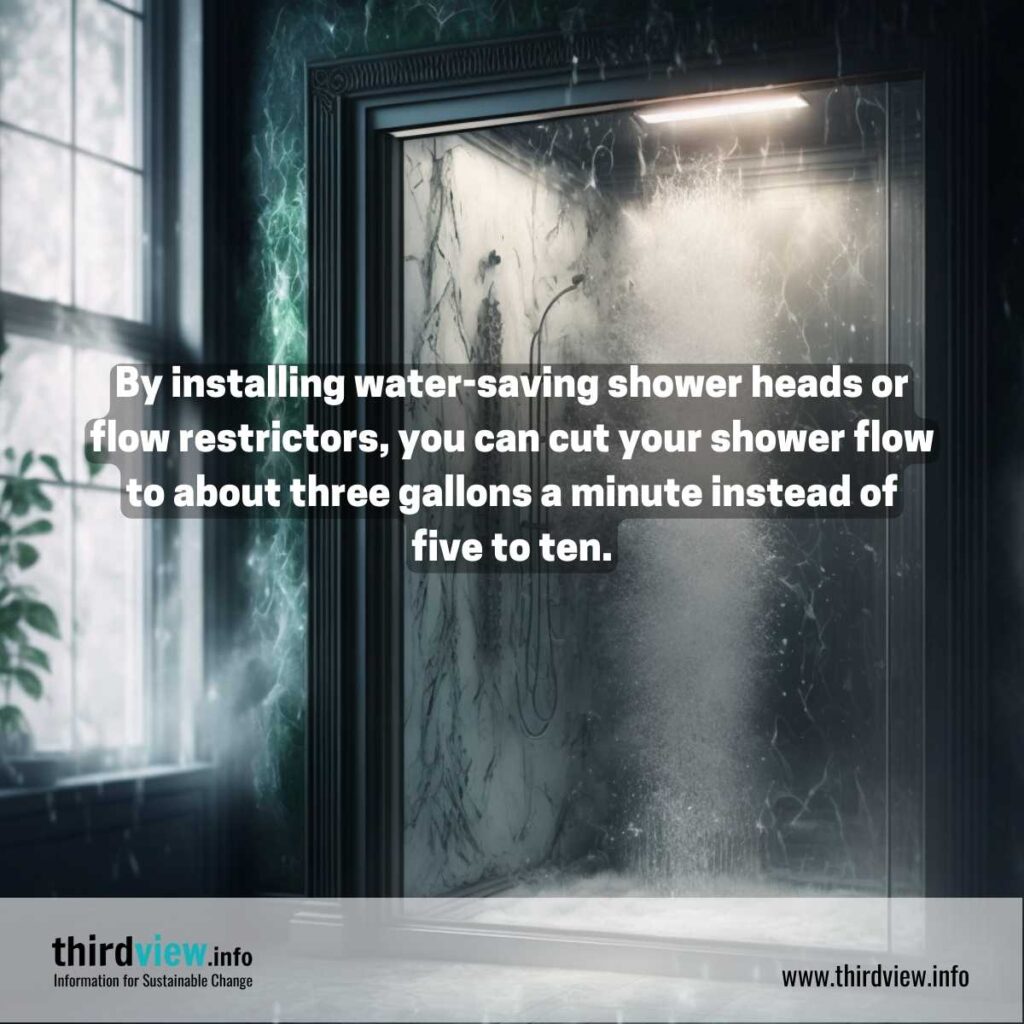Examine This Report about Reclaim Waste
Things about Reclaim Waste
Table of ContentsReclaim Waste Can Be Fun For EveryoneSome Known Details About Reclaim Waste Not known Incorrect Statements About Reclaim Waste More About Reclaim WasteGetting My Reclaim Waste To Work
Check out the types, events, and forms of liquid waste. Domestic sewage waste refers to the waste and products from a household septic container. This kind of waste is created by human beings in residences, colleges, and other structures. This only includes sewage-disposal tanks that have a drainpipe field. The appropriate monitoring and disposal of residential sewage waste need liquid waste to be transferred to a sewer therapy plant where the correct approaches and equipment are related to purify and take care of waste.
Business waste usually includes potential threats, such as combustible materials or a mix of fluid and solid waste items, and requires an extra advanced and detailed disposal procedure. The disposal of commercial waste commonly entails the purification of waste prior to transportation to guarantee risk-free and proper disposal. Hazardous waste is created from by-products and overflow of industrial processes and production.
This type of waste can not utilize the very same sewer management transportation or procedures as septic or business liquids. The industrial waste management procedure calls for the examination and testing of liquid waste prior to it undergoes the disposal process (liquid waste removal melbourne). Runoff waste is the fluid waste that comes from drainage and excess stormwater in highly booming locations or cities
Runoff waste can trigger contamination and flooding if not dealt with correctly. Making certain correct waste management can stop calamities and decrease environmental injury.
The Basic Principles Of Reclaim Waste
Call PROS Solutions today to learn more about our waste administration and disposal solutions and the correct methods to care for the fluid waste you generate.
(https://www.provenexpert.com/reclaim-waste/)Do you recognize what takes place to your water when you pull the plug, purge the bathroom or drain the washing device? No? Well, it deserves understanding. This supposed 'wastewater' is not only a vital resource however, after treatment, will be released to our land, waterways or the sea. Used water from toilets, showers, baths, cooking area sinks, washings and commercial processes is referred to as wastewater.

water utilized to cool down machinery or tidy plant and equipment). Stormwater, a type of wastewater, is drainage that flows from agricultural and city locations such as roofings, parks, yards, roads, paths and rain gutters right into stormwater drains, after rain. Stormwater moves neglected directly to local creeks or rivers, ultimately getting to the sea.
Reclaim Waste Things To Know Before You Get This
In Queensland, many wastewater is dealt with at sewage treatment plants. Wastewater is transferred from domestic or industrial sites through a system of sewers and pump terminals, recognized as sewerage reticulation, to a sewer treatment plant.
The Department of Natural Resources encourages city governments concerning managing, operating and maintaining sewage systems and therapy plants. In unsewered locations, neighborhood governments may require homeowners to mount private or house sewage treatment systems to deal with residential wastewater from commodes, kitchen areas, washrooms and laundries. The Division of Natural Resources authorizes making use of household systems when they are verified to be reliable.
In some new class, therapy of some stormwater to eliminate litter, sand and gravel has actually started utilizing gross toxin catches. Wastewater therapy takes place in four phases: Removes solid issue.
Wastewater after that moves right into large tanks where solids work out and are eliminated as sludge. Oil and scum are skimmed from the surface area. Uses tiny living microorganisms referred to as micro-organisms to break down and eliminate continuing to be dissolved wastes and great bits. Micro-organisms and wastes are included in the sludge. Eliminates nitrogen and phosphorus nutrients that can create algal blossoms in our rivers and intimidate water life.
Reclaim Waste Can Be Fun For Everyone
Nutrient elimination is not readily available at all sewage therapy plants because it needs expensive specialised equipment. It is ending up being more usual in Queensland. Clear fluid effluent generated after treatment may still consist of disease-causing micro-organisms. If this effluent is released right into rivers such as rivers or the sea, the micro-organisms will at some point pass away out.

This generally suggests wastewater needs to be dealt with or contaminants gotten rid of before it can be released to waterways. The majority of wastewater flows right into the sewerage system. Under the Act, local governments carry out approvals and permits for environmentally relevant activities (Ages) entailing wastewater launches that may have a local effect. The division provides authorizations and licences to Ages entailing wastewater releases that could have a local or statewide effect.
Not known Incorrect Statements About Reclaim Waste
Or else, examples are considered laboratory analysis. Often numerous tests are needed to establish the degrees of each of the different toxins such as oils, heavy metals and chemicals in water. Tracking gives valid details about water top quality and can validate that permit conditions are being satisfied. The information gotten with surveillance supplies the basis for making water high quality decisions.